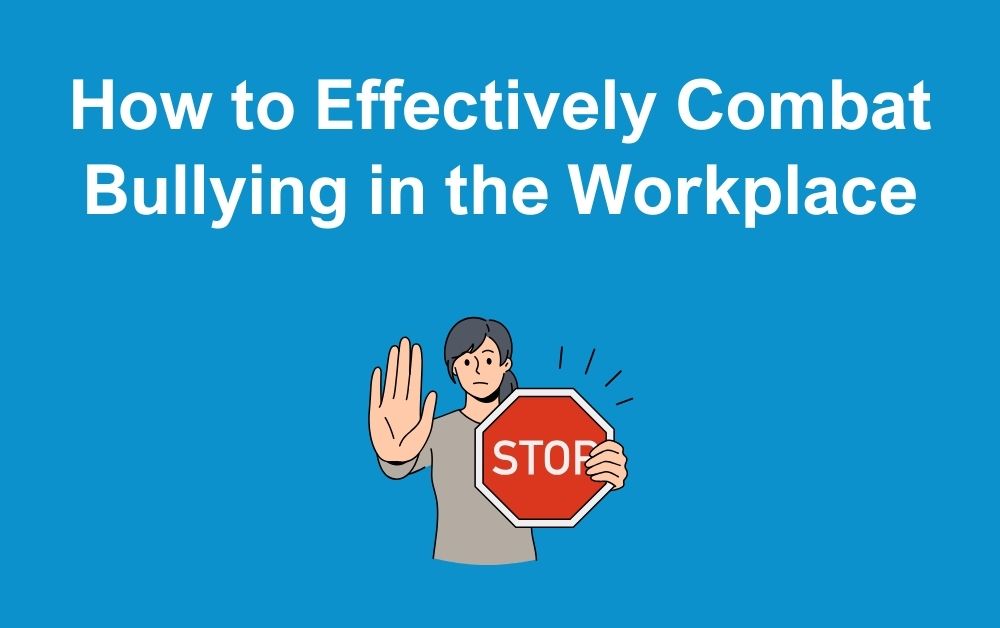Thankfully this is not something I see often, and certainly, within a lot of family run businesses and young start-up organisations, it’s not something I’ve had to deal with too often.
However, there are examples I have had to manage throughout my career and I can see the effect it has on the individual and the impact on the organisation.
Although the vast majority of workplaces are supportive of their people and foster an atmosphere of openness and collaboration, there can be occasions when an individual or group of individuals can overstep the bounds of what would normally be considered appropriate behaviour between colleagues.
Workplace bullying is a major problem for those affected and can lead to sickness, loss of productivity and even tribunal action for constructive dismissal where employers are found not to have adequately supported their workers experiencing inappropriate behaviour from colleagues.
While a study by the Chartered Institute of Personnel and Development has shown that over 80 per cent of workplaces have some form of policy for preventing and addressing bullying at work, estimates claim that bullying costs UK businesses around £2 billion per year.
What counts as bullying?
Before looking at stopping bullying, it’s important to understand the actions and behaviours that you’re trying to prevent. Bullying can include a wide range of things, including more obvious things such as insults, intimidation or aggression through to behaviour that undermines an individual at work, limits their ability to control their own work, isolates or overloads them with demands.
As is so often the case, bullying can be in the eye of the beholder. If a person believes that they are being bullied it is important to take them seriously. However, it is important to ensure that both the person who believes that they have been bullied and the colleague that has been accused of bullying are supported through the process, which can be stressful and upsetting for all concerned…
The challenge ahead
For any organisation that seeks to address bullying in the workplace as a whole, the challenge is one of the greatest that any organisation can tackle – that of changing culture. As mentioned above, upwards of 80 per cent of workplaces have a bullying and harassment policy in place, yet the behaviours still continue in spite of these good intentions.
One of the most powerful and positive ways to prevent bullying in your organisation is to ensure that all your employees are educated on what is expected of them and trained to understand the consequences of not behaving in line with those expectations. Given the wide diversity of backgrounds, personality types and individuals in any organisation, it is sadly unrealistic to expect that everyone will get along all of the time but it is also unreasonable to expect employees to behave appropriately when they are unclear about what constitutes “appropriate.” It is good practice to do this during the induction period, however it’s not enough just to do once and never revisit it. I’d suggest this is something you do more often, and certainly look at some form of refresh awareness every couple of years. It’s also important to ensure that your line managers are trained in this area, know what to look out for and know how to handle. If you don’t do this and an issue occurs, this is where it could get complicated for the organisation – far better to invest the time to train your managers and prevent these issues from occurring.
It is also vital that assumptions are not made about the likely perpetrators of bullying behaviour and focus on specific groups when talking about appropriate behaviour. While managers bullying their people might be the expectation, those lower down the hierarchy can behave in intimidating ways towards those above them as well as peers bullying one another. Ensuring you include everyone in your campaign to improve awareness and behaviour is the key to success.
Always act
One thing that prevents people from speaking up against their bullies is the expectation that they won’t be believed. Ensuring that anyone who does come forward to report inappropriate behaviour is taken seriously, protected and their circumstances investigated can help to grow confidence as well as modify behaviour throughout the workplace.
It is also important, as previously mentioned, to properly support people who are accused of bullying at work. While some people are intentional bullies, many more are unaware of the impact of their behaviour and were simply trying to get the job done without realising the effect their approach was having on others.
Ensuring that the whole organisation is aware that bullying is taken seriously and the ultimate aim is to create a harmonious working environment for all will help people who are bullying to learn more constructive ways to go about their work as well as encouraging people to speak up against bullying and harassment.
As a business owner and manager, if you adopt a positive approach to engaging your people, they will feel comfortable about raising any concerns with you – it’s also an opportunity for you to see and hear what’s going on too. Building relationships with your people is the key to success and by doing so you will minimise any potential bullying but also be able to deal with positively and promptly.
Conclusion
Bullying is a serious issue and one that requires a coordinated response. Supporting your employees and working to instill a culture of respect and collaboration will go a long way towards reducing bullying in your organisation.
If you have issues with bullying in the workplace and aren’t sure how to handle it just give me a call for a no obligation chat.







